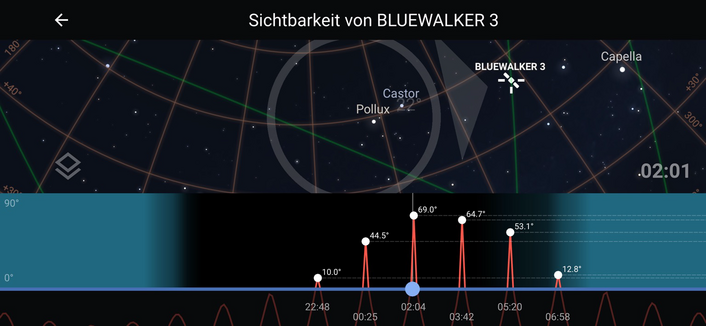Large constellations of bright artificial satellites in low Earth orbit pose significant challenges to ground-based astronomy.
Current orbiting constellation satellites have brightnesses between apparent magnitudes 4 and 6,
whereas in the near-infrared Ks band, they can reach magnitude 2.
Radio emissions induce further potential risk to ground-based radio telescopes that also need to be evaluated.
Here we report the outcome of an international optical observation campaign of a prototype constellation satellite,
👉AST SpaceMobile’s BlueWalker 3.
#BlueWalker3 features a 64.3 m2 phased-array antenna as well as a launch vehicle adaptor (LVA).
The peak brightness of the satellite reached an apparent magnitude of 0.4.
💥This made the new satellite one of the brightest objects in the night sky. 💥
Additionally, the LVA reached an apparent V-band magnitude of 5.5,
💥four times brighter than the current International Astronomical Union recommendation of magnitude 7 💥
The expected build-out of constellations with hundreds of thousands of new bright objects1 will make active satellite tracking and avoidance strategies a necessity for ground-based telescopes
Satellite operators, astronomers and other users of the night sky must develop brightness mitigation strategies.
https://www.nature.com/articles/s41586-023-06672-7

